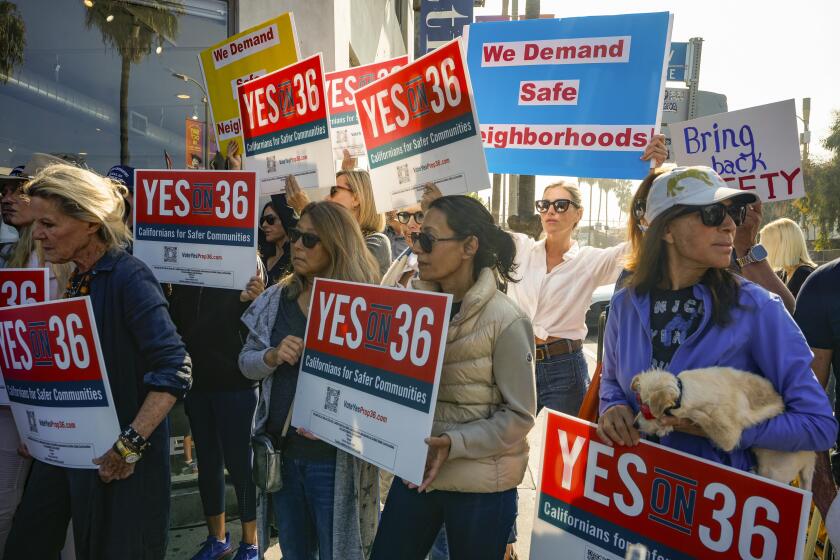Obama to outline plan to combat global warming

- Share via
WASHINGTON -- President Obama plans to roll out the first U.S. regulations designed to cut carbon dioxide emissions from existing power plants by next June, making that the central element of a sweeping initiative to rein in emissions of gases that drive climate change.
Obama plans to describe his proposals in a speech Tuesday afternoon at Georgetown Universityin Washington, D.C. He is expected to unveil a strategy that works across the federal government to pare greenhouse gases sharply by the end of the decade, senior White House officials said.
The approach leans heavily on executive-branch actions, an acknowledgment that the current Congress will not take action to address climate change.
“It is a step-by-step approach that creates a bucket of cuts,” said Jody Freeman, director of the Environmental Law Program at Harvard Law School who was a White House advisor on climate change in 2009-10. “What’s important to remember is that the president is behind this, and that means the starter’s pistol has gone off.”
PHOTOS: 2013’s memorable political moments
The administration’s efforts would include plans to open more federal lands for renewable-energy development, have some public housing units powered by renewable energy, and develop new energy efficiency standards for major appliances, said senior White House officials who briefed reporters on the condition of anonymity.
Opposition to the plan already has begun to coalesce. Senate Minority Leader Mitch McConnell (R-Ky.) dubbed the climate change effort “a national energy tax” because it might raise the cost of certain goods and some types of energy, particularly electricity generated by burning coal.
Power plants emit about 40% of the country’s greenhouse gases, making them the single biggest source. Curtailing their emissions would build on rules the administration introduced during Obama’s first term to address climate change, such as measures to require that new cars and trucks get better mileage.
But regulating existing power plants may prove a bigger, more legally risky effort than other regulations the administration has promulgated, independent analysts said.
More than a year ago, the Environmental Protection Agency proposed a rule that would set carbon dioxide standards for new power plants. That final rule was due out in the spring but was delayed. Now, it appears that the administration has scrapped it and will propose a different standard for new plants in September.
That means the regulation of new power plants will go into effect later than planned. Even with those delays, a revised rule will almost certainly face court challenges by the power industry.
A proposal to regulate existing plants seems likely to generate even more opposition than the rule on new plants.
Obama plans to direct the EPA “to have a proposal out in June a year from now, finalizing one year beyond that, and then working directly with the states,” a White House official said.
“The overarching goal here is to make sure we are doing the work at the front end so that we get these policies as far down the road as possible,” the White House official said, a tacit acknowledgment that the regulatory process may run longer than Obama’s tenure.
It’s unclear how much the various parts of the climate change plan would cost or how much revenue through exports or taxes they would generate. Much depends on the standards agencies set for pollution or energy efficiency or for fast-tracking renewable power.
Senior White House officials said the administration would not ask Congress for additional funding to back the climate effort.
The president’s plan tries to sweeten the pot for fossil-fuel companies that might feel threatened by new emission standards. It makes up to $8 billion available for loan guarantees for “advanced fossil fuel energy,” which would include technologies to reduce carbon emissions from coal-fired plants.
Obama also wants agencies to plan for the impact of climate change. The plan “will direct federal agencies to make sure that any new road, building or project funded with taxpayer dollars is built to withstand the increased flood risks from extreme weather and sea level rise,” a senior White House official said.
Follow Politics Now on Twitter and Facebook
Twitter: @neelaeast
More to Read
Get the L.A. Times Politics newsletter
Deeply reported insights into legislation, politics and policy from Sacramento, Washington and beyond. In your inbox twice per week.
You may occasionally receive promotional content from the Los Angeles Times.











